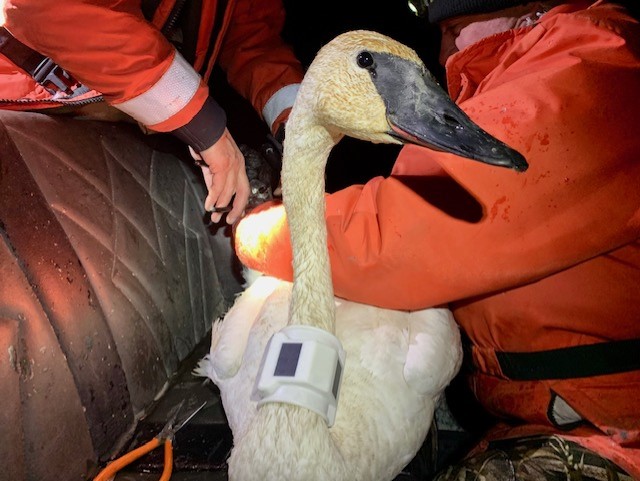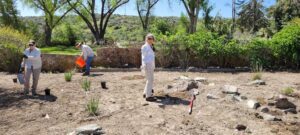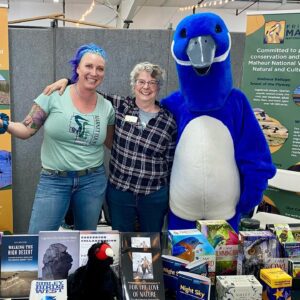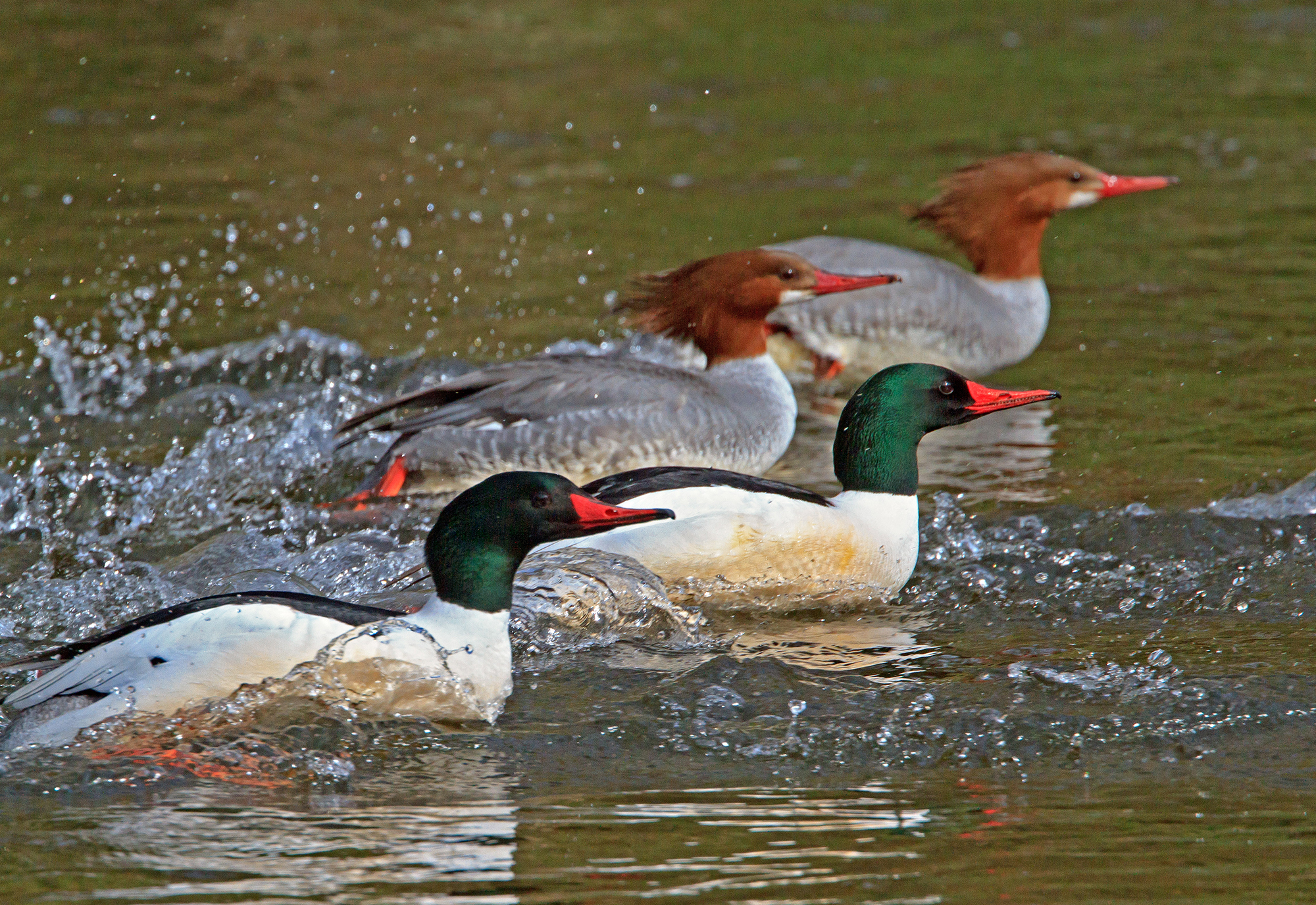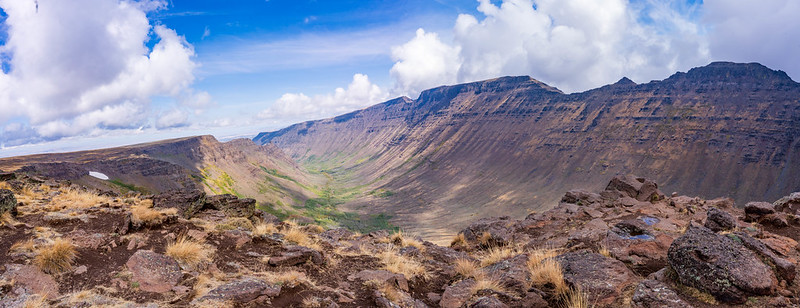Written by Alexa Martinez/Photos by Alexa Martinez
Malheur National Wildlife Refuge was once home to as many as 20+ breeding pairs of Trumpeter Swans. As recently as the 1990’s Refuge biologists have a history of collaborating with and Oregon Department of Fish and Wildlife biologists and managers from Summer Lake Wildlife Area to capture cygnets from Benson Pond and transfer them over to Summer Lake. The reason for this was not only to provide cygnets a higher survival rate, but also in hope the cygnets would imprint on the area and return in the future, raise their young, and in hopes of increasing breeding pairs of Trumpeter Swans in eastern Oregon.
Even though Malheur NWR may not currently host a breeding pair of trumpeter swans, the Refuge does provide open water habitat as a stopover for winter migrating swans. Thanks to The Trumpeter Swan Society and Gary Ivey, a former biologist at Malheur NWR, seven solar powered radio collars were placed on migrating trumpeter swans that were utilizing Benson Pond.
To capture these individuals, Refuge law enforcement, John Megan, and P-Ranch substation manager, Zack McCoy assisted on this mission via airboat and spotlight at night on Benson Pond. John was no stranger to nightlight, but this was a whole new experience for Zach!
“It was a privilege to join the team to help out with the swan capture. As a maintenance person on a wildlife refuge this is what I consider to be one of the great perks of the job. Learning about the swans from Alexa, Gary, and the swans themselves was great. Getting to ride in the airboat was pretty neat too. The experience also opened my eyes to the sometimes “not ideal” situation that conservationists go through to help preserve our wildlife populations. It was a great night.”
– Zach McCoy, P-Ranch Substation Manager
Even through the cold, crazy winds, and rotten ice Refuge staff and Gary were able to successful capture these seven individuals. Along with a new fancy solar collared accessory, each swan was tagged on the ankle with its own individual number, sexed, and feather samples were collected for DNA.
In collaring these swans, the Refuge hopes to understand the frequency with which these swans are utilizing the refuge as a main stop over during the wintertime and show the importance of wetlands to migratory birds. Overall, the experience was an event to remember, and we are all super excited to see what the results may bring!

